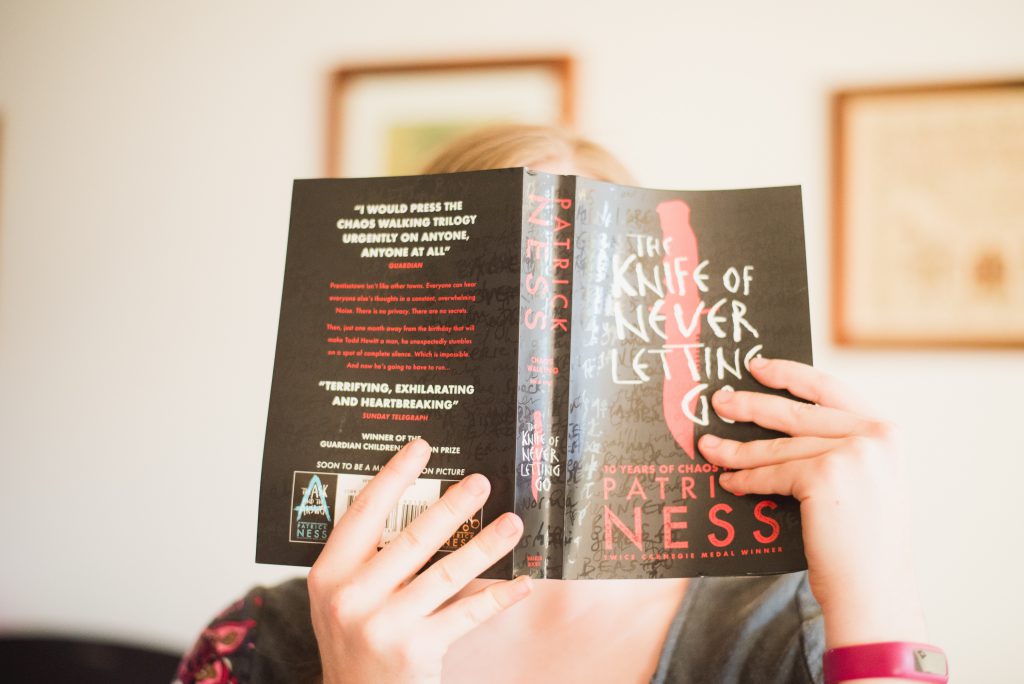One of the most astonishing moments of my professional career occurred when a dignified, older surgeon approached me immediately after I’d delivered a teaching session on communication skills for medico-legal risk reduction. Nervously adjusting his immaculately-knotted tie, he remarked how much he’d appreciated my suggestion to use a casual comment or two to create an early human connection with each patient, in preparation for the real ‘work’ of the consultation. “Just one question,” he whispered,
“How does one … well … chat?”
I realised that the formal professional constraints this man had placed around himself meant that he was uncomfortable connecting with patients on a social level.
Making the connection
I contrasted this doctor’s awkwardness with the polished approach of another colleague who runs an in-vitro fertilisation clinic. Fully aware that he was charging his patients a lot of money for a service that might only deepen their disappointment, he was determined to connect early with them and to establish a supportive relationship. As he put it to me, “Within a few minutes I need to be able to examine the woman while asking the man why he can’t get her pregnant. It’s emotionally challenging for all of us”. Clearly in need of well-developed communication skills, this doctor made a point of chatting with the couple when they first arrived about their work. After all, as he said, it’s one area in which they are expert and he’s not, so any power gradient is reversed and the couple feels more at ease when he gets down to the business at hand.
Obeying the rules
Humans are social creatures, but we need to follow certain rules in order to feel comfortable with each other. You only have to observe a group of teenagers hanging around on a street corner to realise that there is complex social regulation at play, unspoken rules that govern their interactions in a myriad of ways. An anthropologist could spend months watching these youths and studying their behaviour; some have. Similar social rules apply to the interactions we have when shopping, travelling on public transport and at work. In Britain, people queue for buses and stand on the right on escalators. In Australia, we board public transport in an unruly mob and stand all over the escalator to create a mobile slalom race for the harried commuter. And we wonder why Britons chastise us when we break these social rules, which are much less clear than those of cricket…
Earning trust through chat
I’m writing these reflections from a clinic in a tiny Aboriginal community about 5 hours’ drive from Alice Springs in the ‘Red Centre’ of Australia. Few races on earth are as masterful in the art of ‘chat’ as Australia’s First People. As a general practitioner, I am usually pretty comfortable beginning a consultation with a few casual comments about the weather, the football, or some innocuous current event. When working with Aboriginal patients, however, I am constantly reminded of how important this early phase of the consultation is to building rapport with a patient in whom the title ‘doctor’ does not automatically instil trust. It has to be earned by learning about the patient’s kinship connections and links to the country, as well as sharing an appropriate amount of personal information about myself. Nothing too personal, mind you, as there remain boundaries that should not be crossed. But I can say where I’m from, how long I’m staying, and which community leaders I’ve met since arriving. It might be just chat, but it makes a personal connection on which a trusting therapeutic relationship can be built.

Chat, more than just fax
Younger readers will have no idea what I’m talking about, but others will remember the hideous electronic squawking given out by fax machines as they attempted to connect. Nothing to me illustrates the importance of a bit of chat at the beginning of a consultation as the image of these two modems digitally shaking hands while they negotiate a communication protocol by which to transfer their data. And if they can’t establish some common ground, the communication fails and the call is aborted.
Also within information technology, chat rooms are long-established and the casual information of live chat is being promoted as indispensable to modern business. As prominent marketer Steve Olenski wrote on Forbes.com in 2016, live chat “… helps increase customer satisfaction by making customers feel important…”. More than that, connecting with a human can support customers in making decisions much more empathically than a robot can. For now.
While seeming incidental to the main game, the main purpose of a brief period of chat at the beginning of a medical consultation is to:
- demonstrate a genuine interest in whom the patient actually is;
- establish a personal, human connection to facilitate trust in communication;
- help the patient to see you, too, as a human being who is not remote and aloof, but competent and caring.
We shouldn’t dismiss the importance of this seemingly casual exchange. It gets us on the right wavelength for a successful consultation.
About the Author
Professor Stephen Trumble is head of the Department of Medical Education at Melbourne Medical School and a member of EIDO Healthcare’s editorial board. His previous appointments include Associate Professor and Acting Director of the Medical Education Unit at the University of Melbourne and Co-Director of the Joint University Centre for Education and Training in General Practise.
He established the Melbourne Medical School EXCITE program (Excellence in Clinical Teaching) that provides award courses for clinicians who teach. Stephen is also a former CEO of GP Education Australia and past State Director of the RACGP Training Programme.
His skills extend into the world of publishing, having been featured in numerous books and journals around topics such as communication skills and the doctor-patient relationship, medical education and training and human factors in patient safety.











